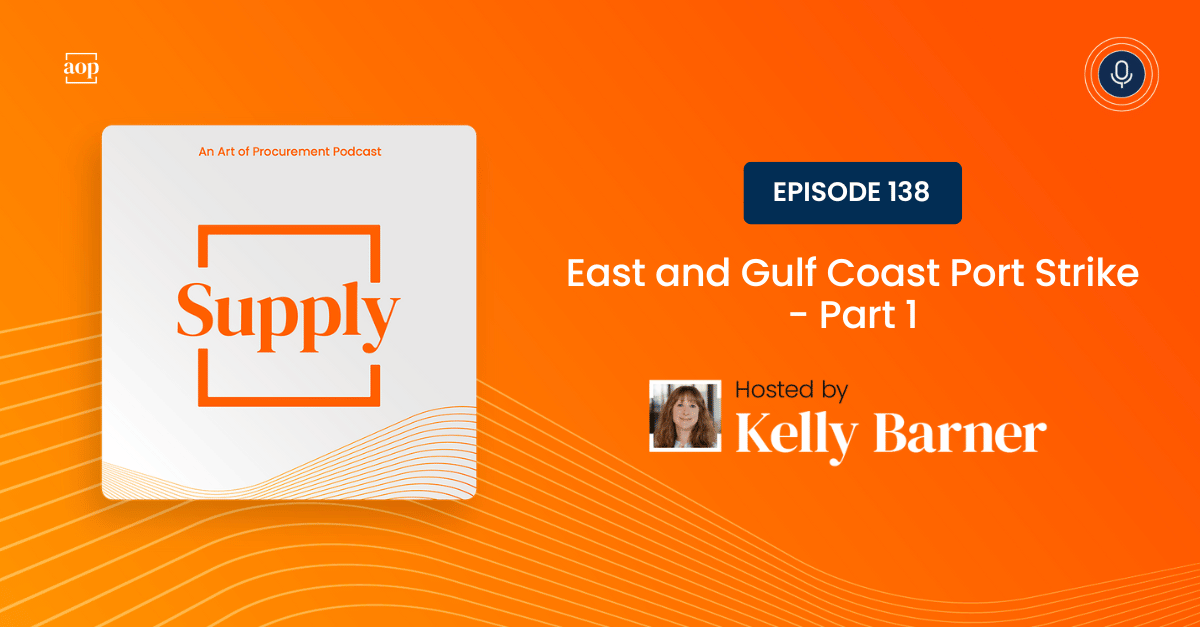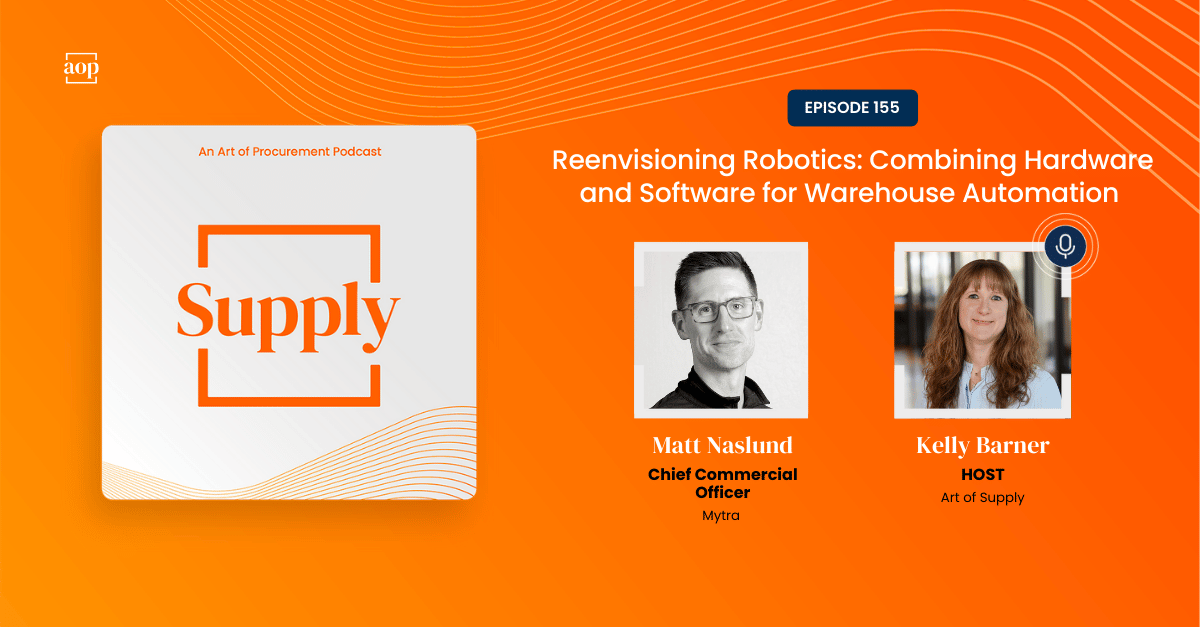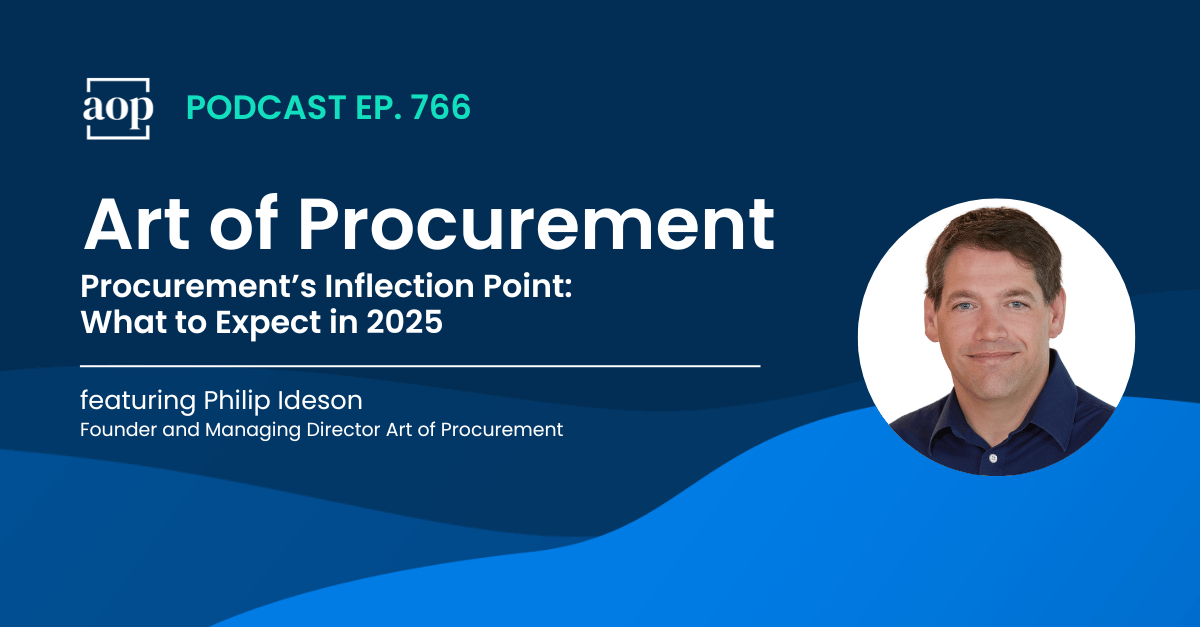
“Let me be clear: we don’t want any form of semi-automation or full automation. We want our jobs—the jobs we have historically done for over 132 years.” –Harold Daggett, President of the International Longshoremen’s Association
Last Thursday night I happened to peek at an email on my phone, and I saw a subject line that made me sit up straight. The East and Gulf Coast port strikes were over? Already?
It had only been 3 days – October 1st through the 3rd. We still had plenty of bananas. Christmas had not been ruined after all, despite what headlines had told us to expect.
Digging past the headlines, however, made it clear that while the strike might be over, the negotiation was still an active and ongoing effort – with the major issues of automation left completely unresolved.
Meeting the Players
The International Longshoremen’s Association (ILA) represents 85,000 workers at 36 ports and is the largest maritime union in North America. More than half of the cargo shipped to the U.S. from around the world comes through these ports. They collect over $27 million annually in dues, agency fees, and taxes from members.
Their President, Harold Daggett, is as colorful a character as we have come to expect after years of high profile union activity. When the U.S. Maritime Alliance offered a $3 per hour annual raise, his response was short but clear. We won’t print it here, but it involves a 4-letter word and means no. In 2023, Daggett made $900 in salary between his role as President and as a leader at ILA Local 1804-1 in North Bergen, New Jersey, making him one of the highest-paid union leaders in the United States.
The U.S. Maritime Alliance represents employers including terminal operators and global shipping companies like Hapag Lloyd and Maersk. They had the pleasure of negotiating with the ILA, represented by Dave Adam, their CEO.
While many ocean carriers were not directly involved, they were intently interested in the strike. According to an August piece from The Loadstar, they may have been secretly hoping for a strike to raise rates while publicly saying they would do everything possible to help avoid one.
Timeline of a Strike
The supply chain snarls in 2020 and 2021 played a role in the strike by increasing shipping traffic to East and Gulf Coast ports from the West Coast.
About 6 months ago, in April, the strike was thought to be “unlikely” by most people, including Moody’s analysts, although at that point, the union was already saying it would not work past September 30th without an updated agreement.
They were not kidding. The ILA went on strike at the stroke of midnight on September 30, 2024.
This was the ILA’s first strike in more than four and a half decades. By law, the union is required to provide 60-day notice to all employers. The ILA did so in early August, informing all employer groups that the expiring agreement “would not be extended.” By early September, the outlook had shifted and a strike was seen as all but inevitable.
I’m from the Government, and I’m here to help.
One element of the timeline that cannot be ignored is the looming Presidential election, just weeks from the start of the strike
An opinion piece I read on The Hill speculated that the ILA expected the Biden administration to intervene before a strike could take place. That did not happen, despite the urging of the National Retail Federation, National Association of Manufacturers, U.S. Chamber of Commerce, and 150 other companies and organizations asking President Biden to help prevent a strike.
The 1947 Taft-Hartley Act allows the federal government to get directly involved in labor disputes it considers “national emergencies.” They can force the parties back to work and into mediation with federal oversight. In many cases – as is true with the East and Gulf Coast ports – there is no alternative. People that are uninvolved in the strike don’t have the option to change plans and go on with their lives.
“We’ve never invoked Taft-Hartley to break a strike and are not considering doing so now,” a Biden administration official told Reuters on September 17th. They didn’t invoke Taft-Hartley, but they didn’t stay out of it either.
President Biden, Vice President (and Democratic Presidential candidate) Harris, and former President and Republican presidential candidate Donald Trump all spoke publicly in favor of the union. Transportation Secretary Pete Buttigieg and acting labor secretary Julie Su, who helped in the west coast port negotiation, were working the phones, getting the U.S. Maritime Alliance to increase their pay offer.
Who else intervened? Not a who maybe, but a what: Hurricane Helene. Florida, Georgia, South Carolina, North Carolina, Virginia, and Tennessee were all hit by the hurricane and also are home to some of the ports involved in the strike. This handed the ILA a combination of bad timing and bad PR. It was simply not a good look being on strike when communities, in some cases including the striking workers themselves, were struggling just to survive. Florida Governor Ron DeSantis had already announced a plan to call up the National Guard to reopen ports and get recovery efforts moving.
There is a brief history of the East and Gulf Coast Port Strikes – Part 1. We know there will be (at least) a part 2, and we may not even have to wait until January to get the next installment.




